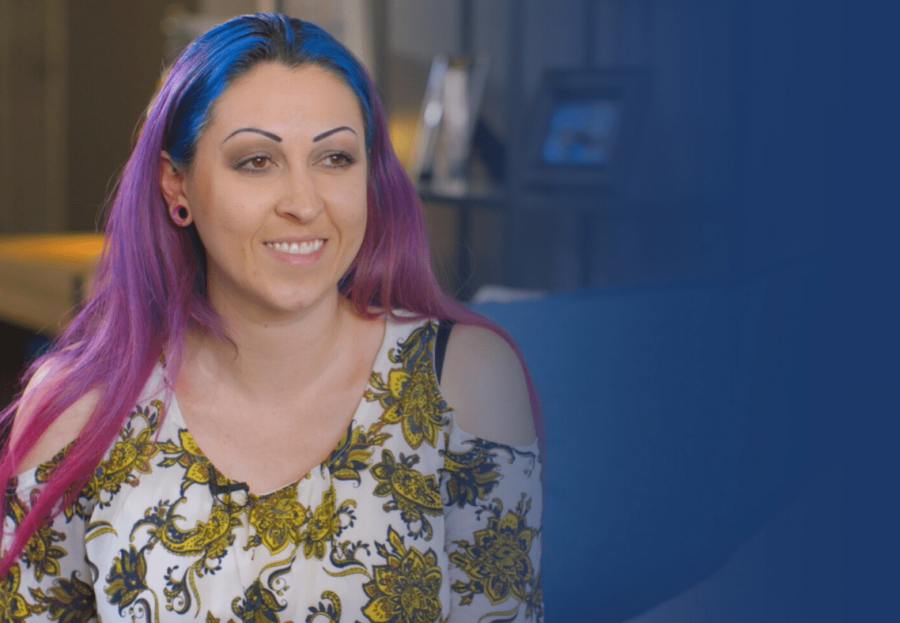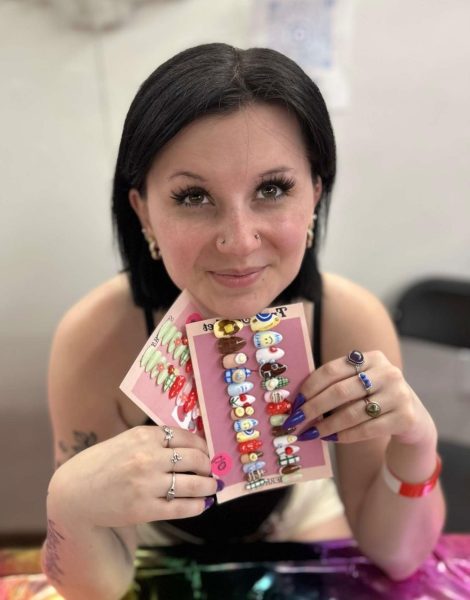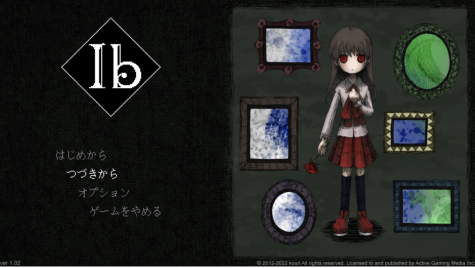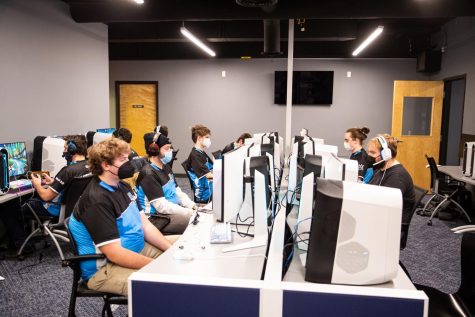DID: A Complexity of Dissociation
An underrepresented, unrecognized illness.
Dissociative identity disorder, DID, is a condition where a person’s personality is fragmented, resulting in different personalities forming and a person switching among them. To a person with DID, it can feel like people inside their head trying to take control.
The disorder is a result from a severely traumatic event that usually occurs during early childhood, such as different kinds of abuse or natural disasters and war. It serves as a coping mechanism, Sane Australia explains, as a person shuts themselves off from the event to protect them because they can’t handle it, but it produces a lack of connection between thoughts, feelings, and identity (Mayo Clinic). The disorder ranges from 0.01% to 1% of the general population, but women are more likely to show signs of it. DID was previously called multiple personality disorder, but the name changed in 1994 to “reflect a better understanding of the condition,” (SANE).
Encina Severa has dealt with this disorder her entire life. She likens the experience to driving in a car, and when she switches, it’s like “someone takes you out and throws you in the backseat. Now they’re driving…you can fight for control of the car, or the body. You might not always win,” she says. “You can see what’s happening, you can hear what’s happening, as if [an alter] had come out, but [they were] holding my hand,” or it’s like “someone had stuck a bag over my head, threw me in the back seat; it’s like a wall has been placed in front of my eyes.”
Symptoms include the presence of at least two other personalities, also called alters or identities, and these personalities can have their own characteristics, ranging from mannerisms to race. Unlike what is often represented in movies, people with DID do not have an “evil” personality, Sane explains, nor are they dangerous themselves. Other symptoms present are amnesia and periods of time with no memory that can’t be explained as forgetfulness, and high amounts of distress to the point where a person cannot function. These symptoms must be present for a person to be diagnosed with the disorder. According to Sane, the symptoms cannot be related to cultural or religious practices nor substance abuse or similar medical conditions. There can also be additional symptoms, such as depression, anxiety, suicidal thoughts or tendencies, PTSD, out-of-body experiences, sleeping disorders, and substance abuse. The Mayo Clinic explains that symptoms can worsen during times of stress, and that can often induce a person switching.
Encina suffers from many of those symptoms, including depression. She has “struggled so much, for so long…” with her depression “[she’s] almost in a panic”, but understands “if you want to heal, you have to fight for it… I want to want to live.”
Treatments for DID include psychotherapy, hypnotherapy, and adjunctive therapy. These treatments can stabilize the symptoms and combine the identities into one, while also processing the trauma, Sane says. Dr. L, a clinical psychologist who has worked in schools, hospitals, and in private practice, explains that he’s seen the therapy work to get the disorder to a “more manageable place.” There is no medicinal cure for this disorder, and Dr. L. says he “doesn’t know of one [being developed].” Medications can be provided for additional symptoms, such as depression.
Knowing a person with DID can be hard, and it can take a “tremendous amount of understanding and patience,” Dr. L informs. “Your person isn’t your person” in a sense, so he advises to be “calm” and “reassuring” and make sure the person knows they are safe with you. Should you be around someone who switches, Dr. L says to “go with the flow” and to “seek help” immediately to “manage them through that.”
People who suffer with this disorder need the support and care of people who they can trust, and being prepared to offer what they need is a necessity. Encina explains that “all I need in those moments [of being at rock bottom] is to know that someone is going to be there for me.” They need someone who understands and who will be there for them through everything. This is not only hard on the person suffering with the disorder, but the person taking care of them. They have to stay healthy and take care of themselves to extend that care to others so they can flourish.











